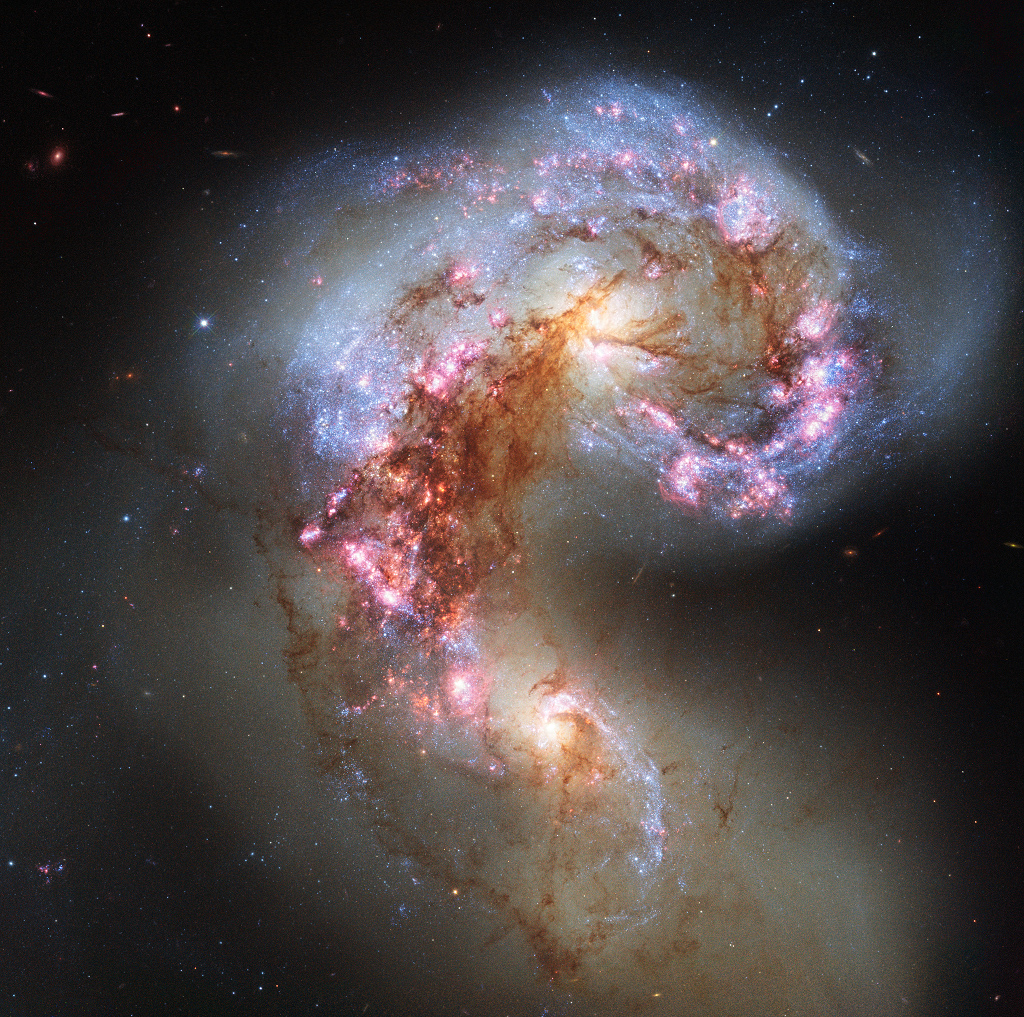
We subscribe to New Scientist, the British science magazine that provides short reports on newsworthy bits of research worldwide, several excellent columnists, and a couple of deep dives into important topics each week.
Reading each issue will remind you that our Earth is complex and interconnected and that we human beings have not come close to knowing everything there is to know about the place or, indeed, about ourselves.
Likewise, each issue will make it clear that the Universe is so vast as to be far beyond our comprehension and knowledge, at least now. We have only bits of knowledge about our little solar system, much less the Milky Way galaxy in which we reside, and both those are small potatoes within the Universe as a whole.
I also practice meditation. Of late, I’ve been meditating in the way taught by Master Li Junfeng of Sheng Zhen, which translates as the path of unconditional love, and am currently taking an online class from him to learn a form known as Heaven Earth Heart Contemplation.
When we meditate, we draw on the Earth and the Universe. As I start, I often think of the Earth – its molten core, the tectonic plates, everything from mountains to deserts to wetlands, the oceans and all the creatures – and then go out toward the Universe until I feel that I am one with the Universe.
And at the same time, I feel like I am a tiny speck in that Universe, that even the Earth is a tiny speck in it. Oddly, I find this very comforting. All those things we take so very seriously – even those on the level of life and death – don’t matter so much when I feel like this tiny bit of stardust.
That is, I come to the same place from both meditation and thinking about physics. Continue reading “We Are Stardust”…
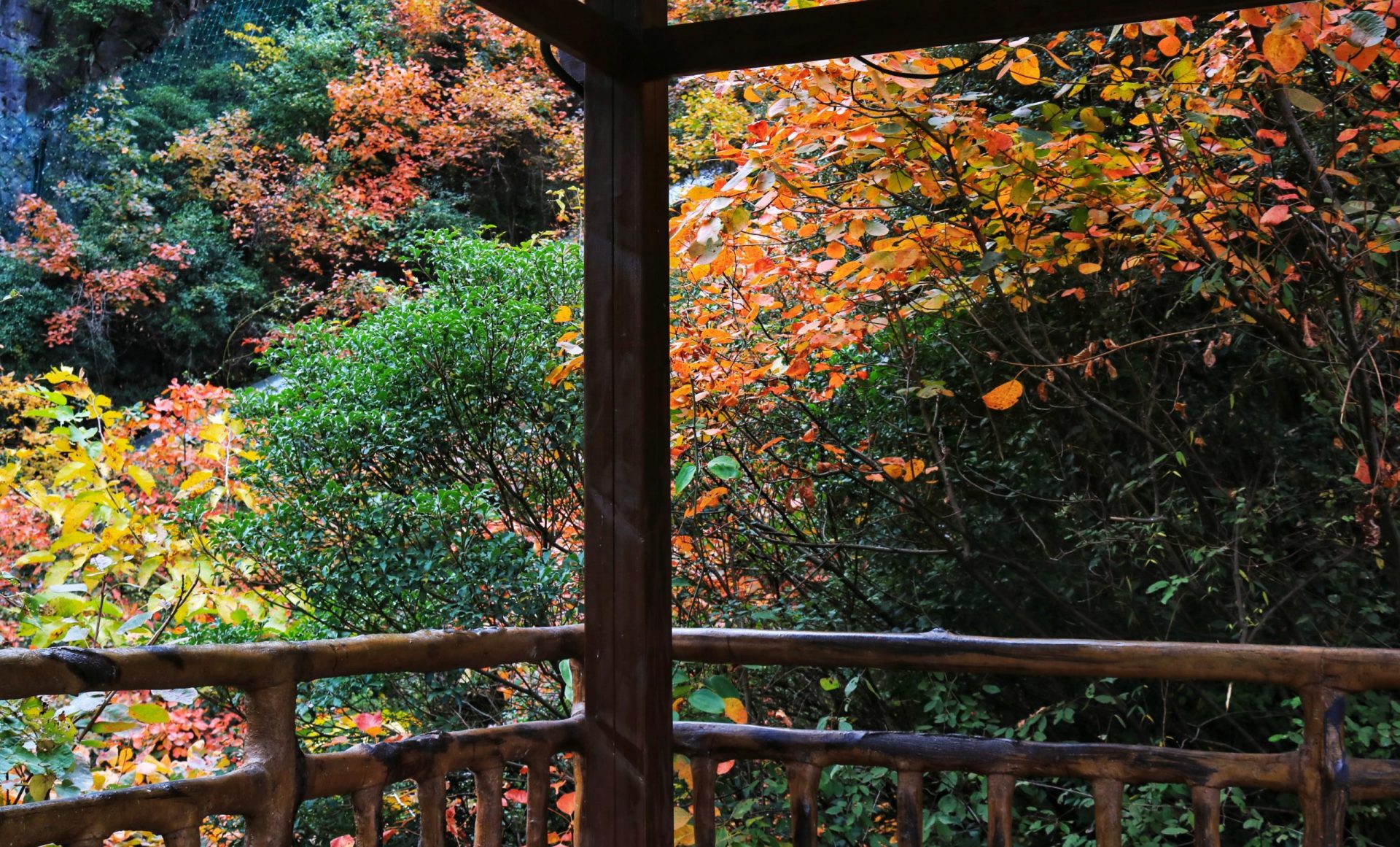
 As 2021 drew to a close I realized that I had fallen into a scam I hadn’t heard of: befriending a person on social media and then inducing them to set up a GoFundMe for a medical emergency. Fortunately, I came to my senses before I sent any money from that campaign. Until then, it had never occurred to me that I had been manipulated over a year and a half. As embarrassing as the experience was for me, I’m going public in the interests of educating others.
As 2021 drew to a close I realized that I had fallen into a scam I hadn’t heard of: befriending a person on social media and then inducing them to set up a GoFundMe for a medical emergency. Fortunately, I came to my senses before I sent any money from that campaign. Until then, it had never occurred to me that I had been manipulated over a year and a half. As embarrassing as the experience was for me, I’m going public in the interests of educating others.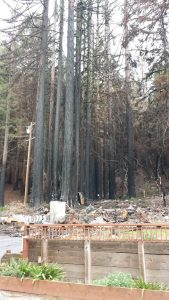
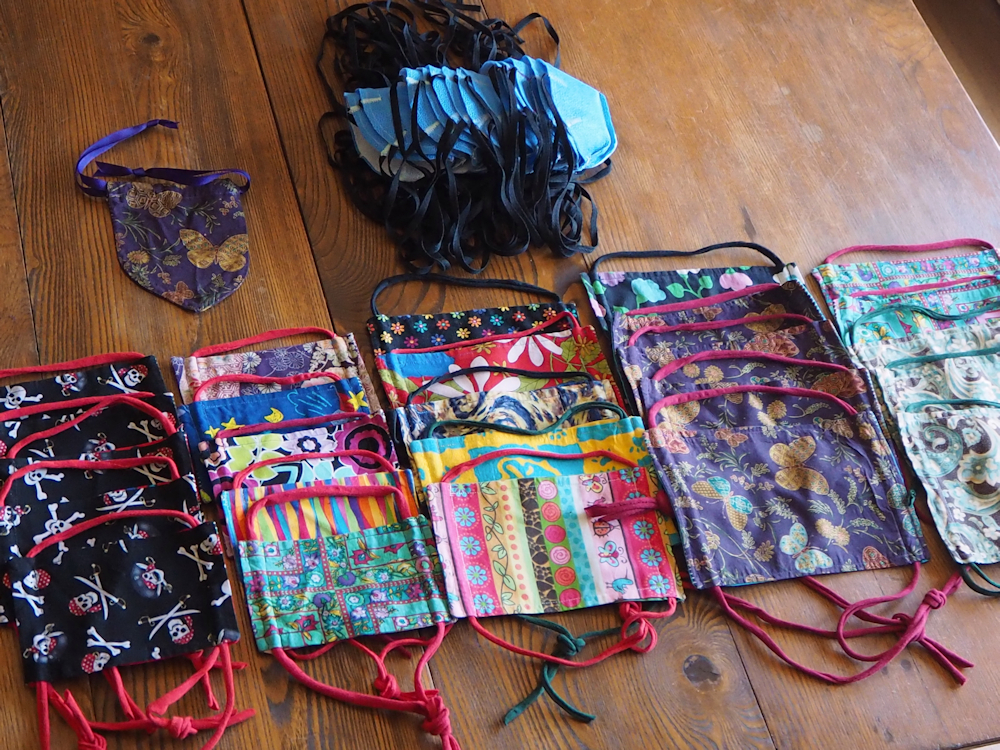
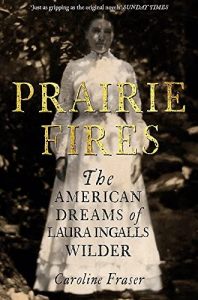 I just finished reading Prairie Fires, a biography of Laura Ingalls Wilder, which I recommend highly. The author of the eight Little House books, she wrote about her childhood during the push west by homesteaders and farmers. “I told the truth,” she said. “But not the whole truth.” The books are a “good parts” version of her life, but some important “truths” were omitted, because Wilder (and her daughter Rose Wilder Lane, who was her secret beta reader, line editor, and editorial advisor) took out things that didn’t underscore her narrative. The narrative? That her family (in particular her adored father, Charles Ingalls) survived and flourished through hard work, love, and self-reliance, and that self-reliance, a core virtue of westward expansion, is a uniquely American virtue.
I just finished reading Prairie Fires, a biography of Laura Ingalls Wilder, which I recommend highly. The author of the eight Little House books, she wrote about her childhood during the push west by homesteaders and farmers. “I told the truth,” she said. “But not the whole truth.” The books are a “good parts” version of her life, but some important “truths” were omitted, because Wilder (and her daughter Rose Wilder Lane, who was her secret beta reader, line editor, and editorial advisor) took out things that didn’t underscore her narrative. The narrative? That her family (in particular her adored father, Charles Ingalls) survived and flourished through hard work, love, and self-reliance, and that self-reliance, a core virtue of westward expansion, is a uniquely American virtue. Back in 2016, I wrote a series of essays following the presidential election, entitled “In Troubled Times.” Some of these strike me as valid now, “In Tumultuous Times” as then. This one is on “Emotional Sobriety.”
Back in 2016, I wrote a series of essays following the presidential election, entitled “In Troubled Times.” Some of these strike me as valid now, “In Tumultuous Times” as then. This one is on “Emotional Sobriety.”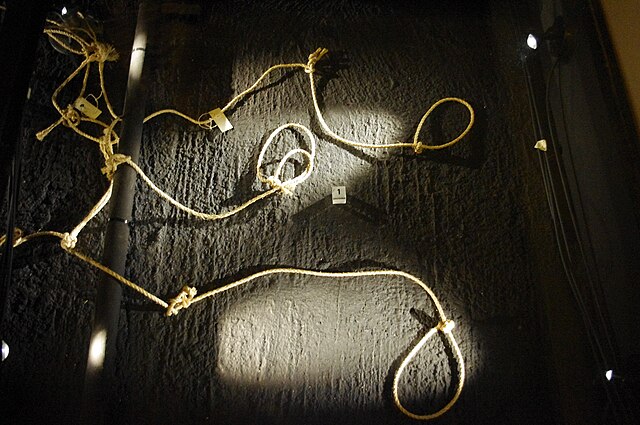 I don’t consider myself naïve about scams. I know to never give out any my bank or credit card numbers, Social Security number, or date of birth to anyone who phones me out of the blue. In fact, when I am in a cranky mood, I might lecture the caller about how what they’re doing is fraud. I read articles about romance, grandkid-in-jail, phony arrest warrants, and other scams. As 2021 drew to a close I realized that I had fallen into a scam I hadn’t heard of: befriending a person on social media and then inducing them to set up a GoFundMe for a medical emergency. Fortunately, I came to my senses before I sent any money from that campaign. Until then, it had never occurred to me that I had been manipulated over a year and a half. As embarrassing as the experience was for me, I’m going public in the interests of educating others.
I don’t consider myself naïve about scams. I know to never give out any my bank or credit card numbers, Social Security number, or date of birth to anyone who phones me out of the blue. In fact, when I am in a cranky mood, I might lecture the caller about how what they’re doing is fraud. I read articles about romance, grandkid-in-jail, phony arrest warrants, and other scams. As 2021 drew to a close I realized that I had fallen into a scam I hadn’t heard of: befriending a person on social media and then inducing them to set up a GoFundMe for a medical emergency. Fortunately, I came to my senses before I sent any money from that campaign. Until then, it had never occurred to me that I had been manipulated over a year and a half. As embarrassing as the experience was for me, I’m going public in the interests of educating others.